Description
Paraformaldehyde: More Than Just a Lab Reagent
Paraformaldehyde, often abbreviated as PFA, is a common chemical found in laboratories and industrial settings. While it might seem like a niche compound, its versatility and unique properties make it essential for a surprising range of applications. Understanding what paraformaldehyde is and how it’s used is crucial for anyone involved in scientific research, manufacturing, or even certain aspects of healthcare.
What is Paraformaldehyde?
Essentially, paraformaldehyde is a solid polymer of formaldehyde. Chemically, it’s a white, crystalline solid with a pungent odor. Unlike formaldehyde gas, which is often handled in solution as formalin, paraformaldehyde is a solid form, making it easier to store and transport. When heated or dissolved in water, paraformaldehyde readily depolymerizes, releasing formaldehyde gas or formaldehyde in solution, respectively. This ability to conveniently release formaldehyde on demand is what makes it so valuable.
Key Uses and Applications:
Paraformaldehyde’s primary function stems from its ability to release formaldehyde. This property leads to a diverse range of applications, including:
- Histology and Pathology: This is perhaps the most well-known use. PFA is widely used as a fixative for biological tissues in microscopy and other histological techniques. It cross-links proteins, preserving the tissue’s structural integrity and preventing decomposition. This allows scientists and pathologists to examine cellular structures and diagnose diseases under a microscope.
- Disinfection and Sterilization: Formaldehyde, released from paraformaldehyde, is a potent disinfectant and sterilizing agent. It is used to sterilize surgical equipment, laboratory environments, and even some medical devices. Its broad-spectrum antimicrobial activity makes it effective against bacteria, viruses, fungi, and spores.
- Polymer Production: Paraformaldehyde plays a vital role in the production of various polymers, particularly thermosetting resins like phenolic resins (Bakelite) and urea-formaldehyde resins. These resins are used in a vast array of products, including adhesives, coatings, molding compounds, and particleboard.
- Agriculture: In agriculture, PFA is used as a soil disinfectant and seed treatment to control fungal diseases and pests. It can also be used as an ingredient in fertilizers. However, its use in agriculture is regulated due to its potential environmental impact.
- Other Applications: Beyond these major uses, PFA finds applications in photography (as a hardening agent), in the production of certain dyes and pharmaceuticals, and in the oil and gas industry.
Safety Considerations:
While paraformaldehyde is a valuable chemical, it’s crucial to handle it with care. It is a known irritant to the skin, eyes, and respiratory tract. Prolonged exposure can lead to allergic reactions and other health problems. As formaldehyde is a known carcinogen, strict adherence to safety protocols is paramount. This includes:
- Proper Ventilation: Working with paraformaldehyde should always be done in a well-ventilated area, ideally under a fume hood.
- Personal Protective Equipment (PPE): Gloves, eye protection, and respiratory protection (when necessary) are essential when handling PFA.
- Safe Storage and Handling: PFA should be stored in a cool, dry place, away from incompatible materials. Proper labeling and handling procedures are crucial to prevent accidental exposure.
- Disposal: PFA waste should be disposed of according to local regulations and guidelines.
The Future of Paraformaldehyde:
Despite concerns about formaldehyde’s toxicity, paraformaldehyde remains a crucial chemical in many industries. Ongoing research focuses on developing safer alternatives and optimizing its use to minimize exposure risks. This includes exploring alternative fixatives for histology and developing more environmentally friendly resin production methods.
Conclusion:
Paraformaldehyde is a multifaceted chemical with a significant impact on various fields, from medicine and research to manufacturing and agriculture. Its ability to release formaldehyde makes it a valuable tool, but its potential hazards require careful handling and adherence to safety regulations. As research continues to explore safer alternatives and improve its application, paraformaldehyde will likely remain a vital, albeit carefully managed, component of numerous industries for years to come.

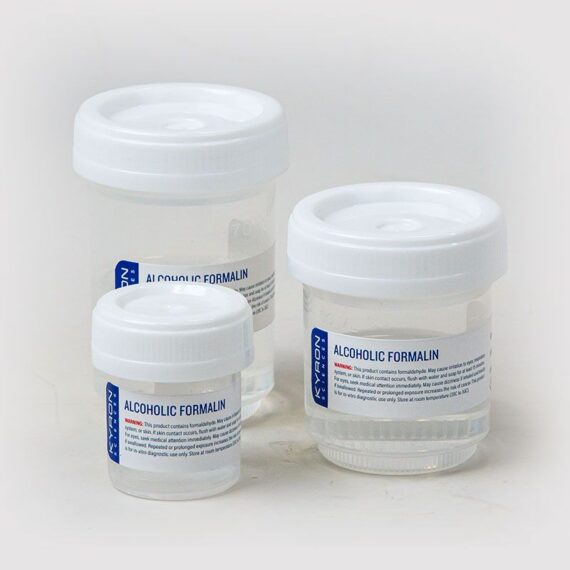
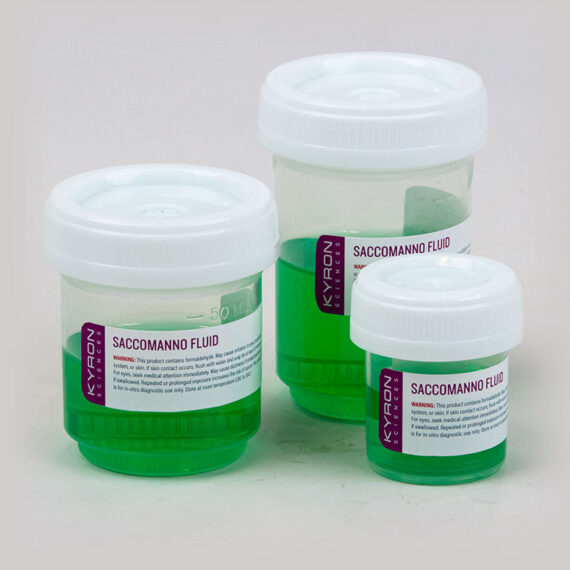
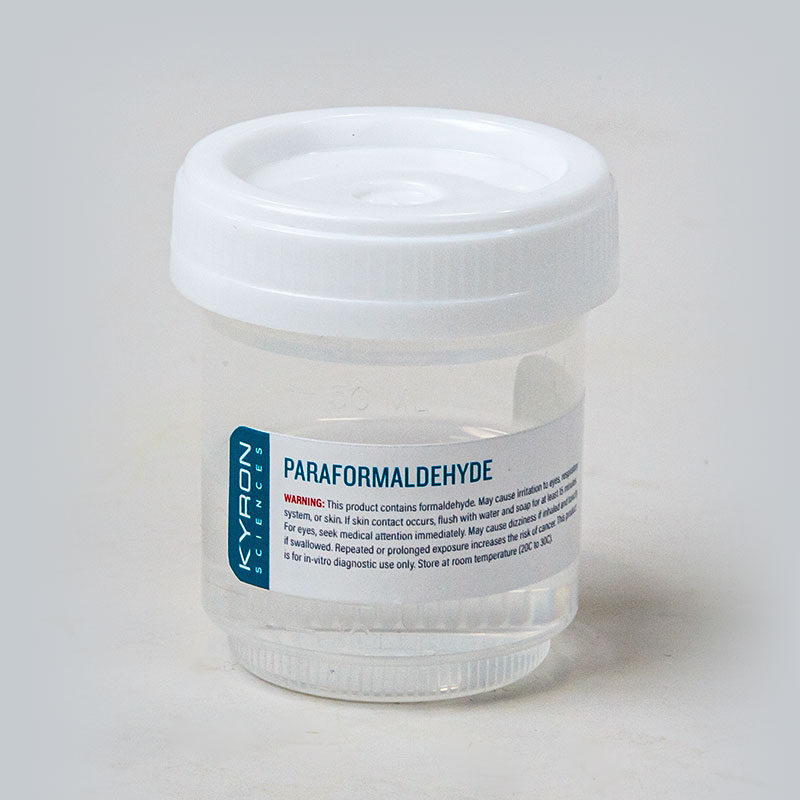
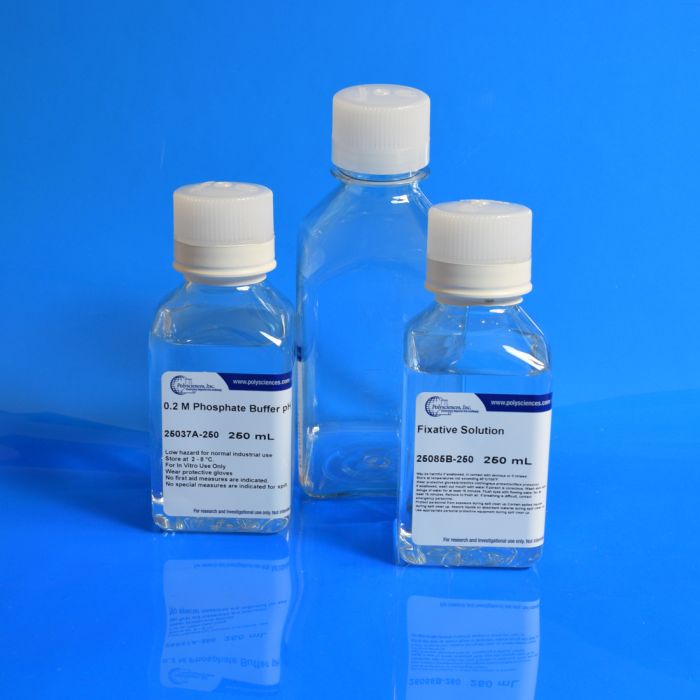
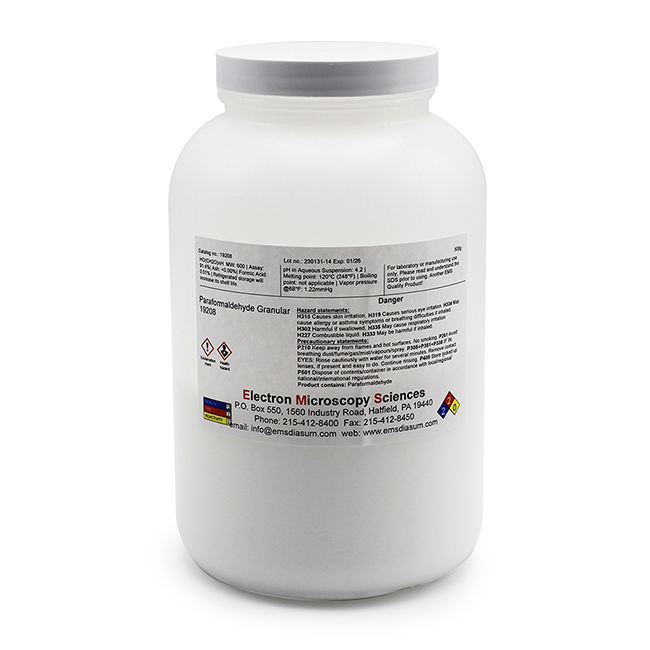
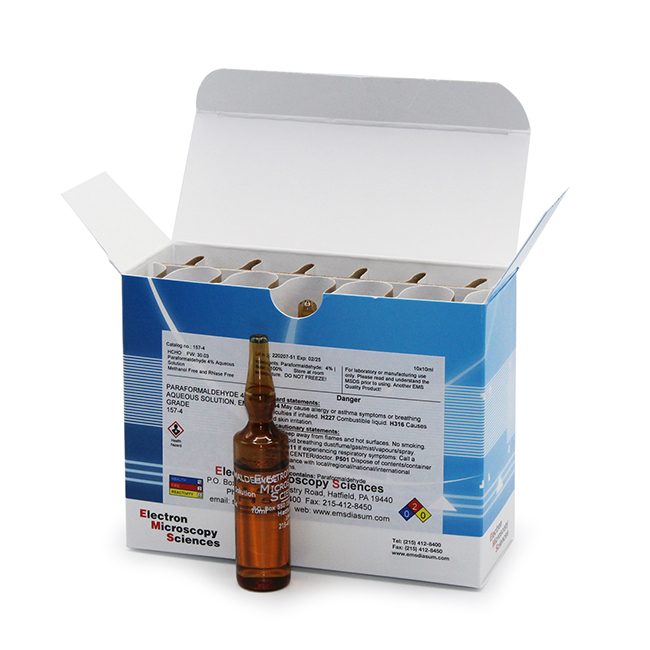
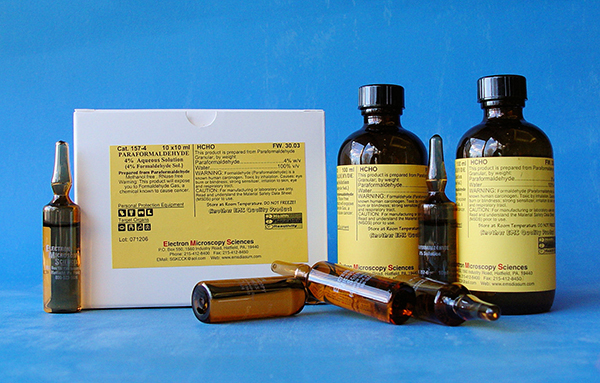
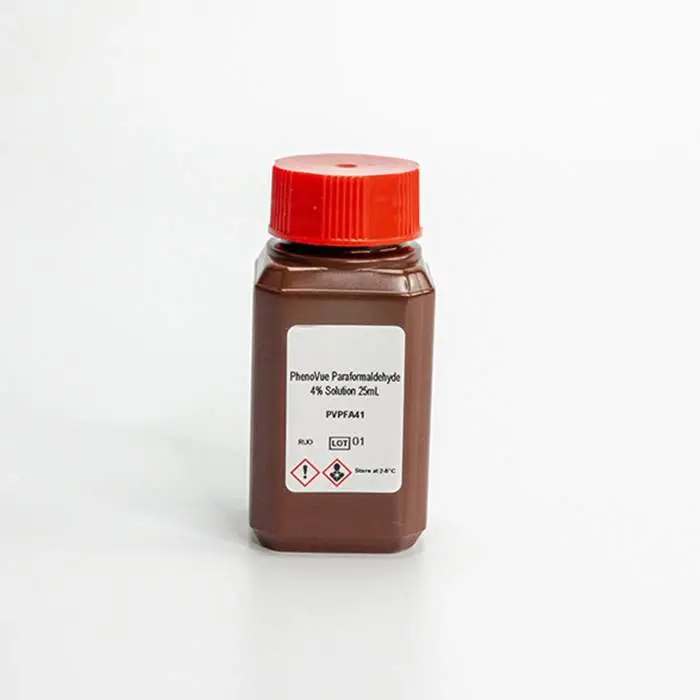
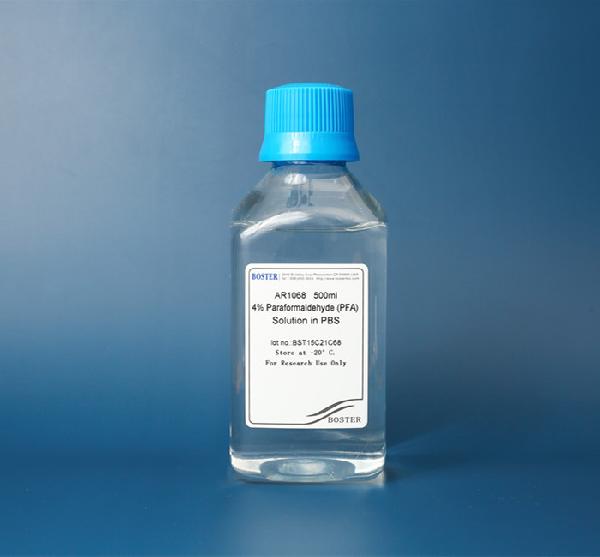

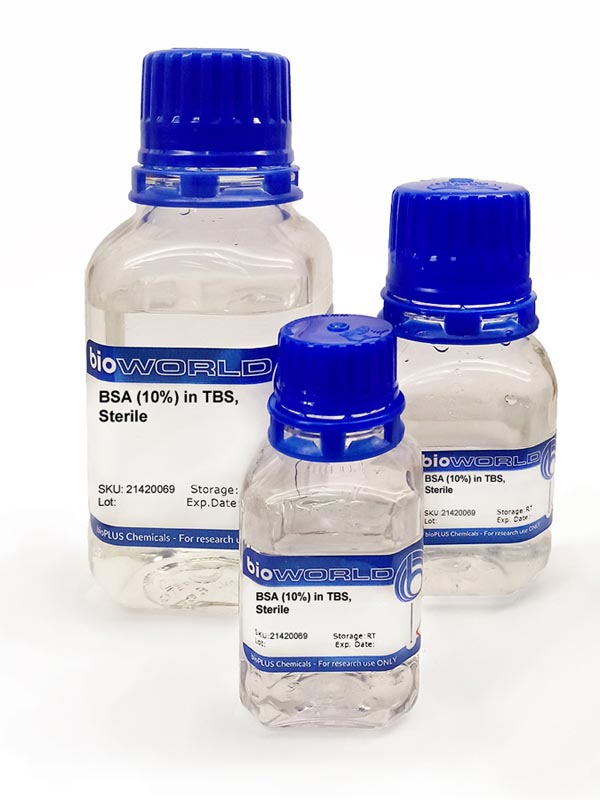
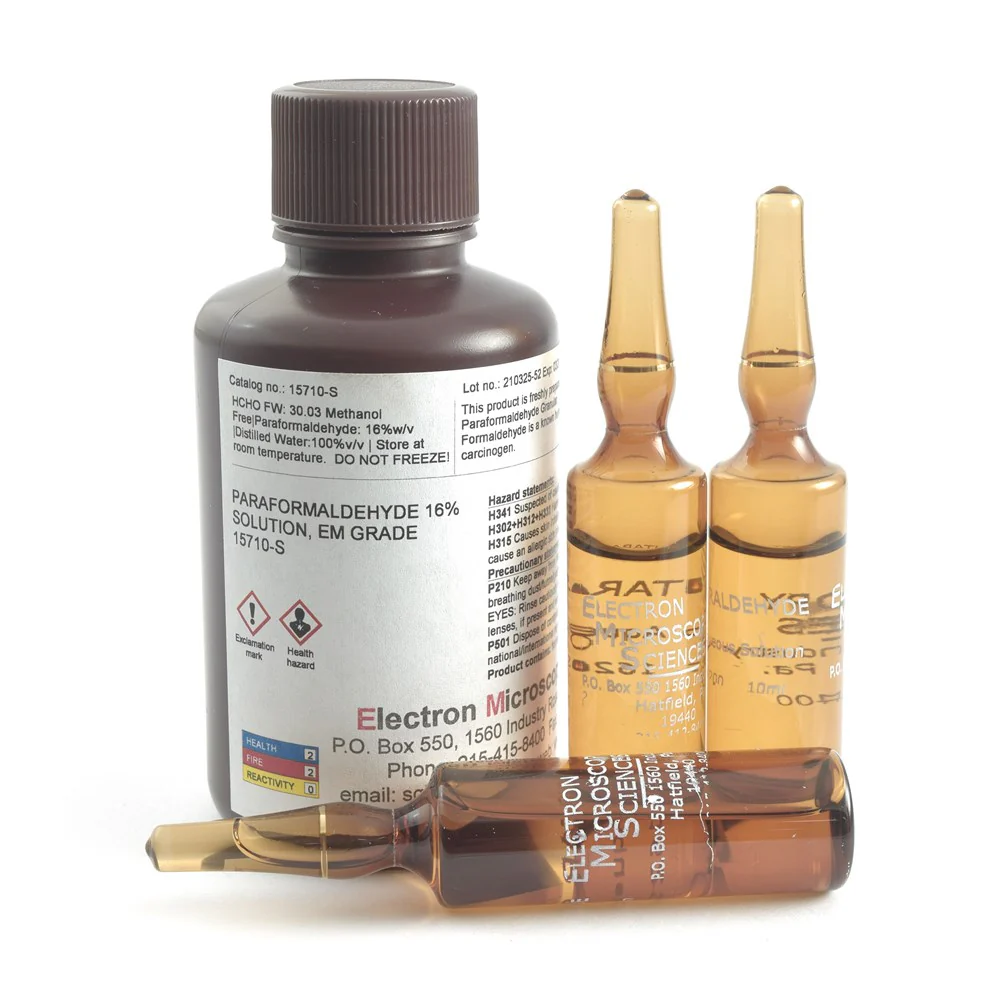
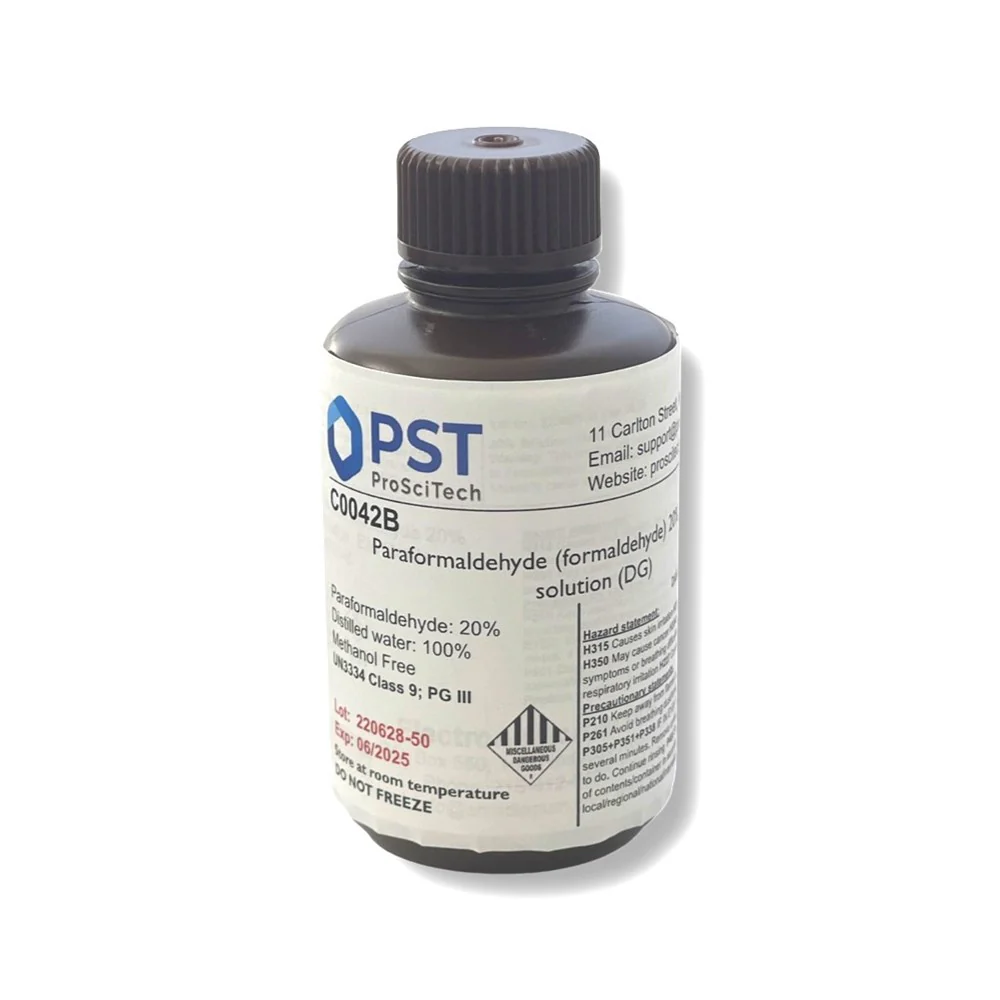
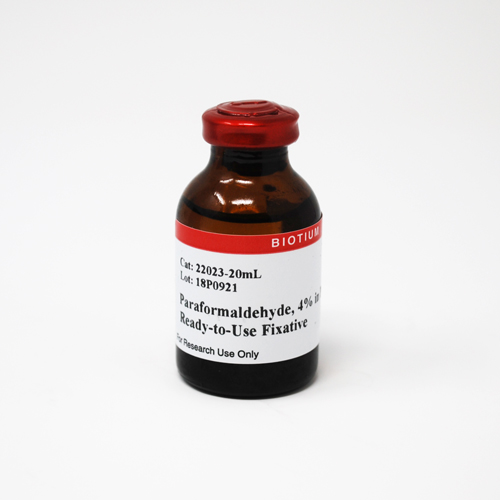
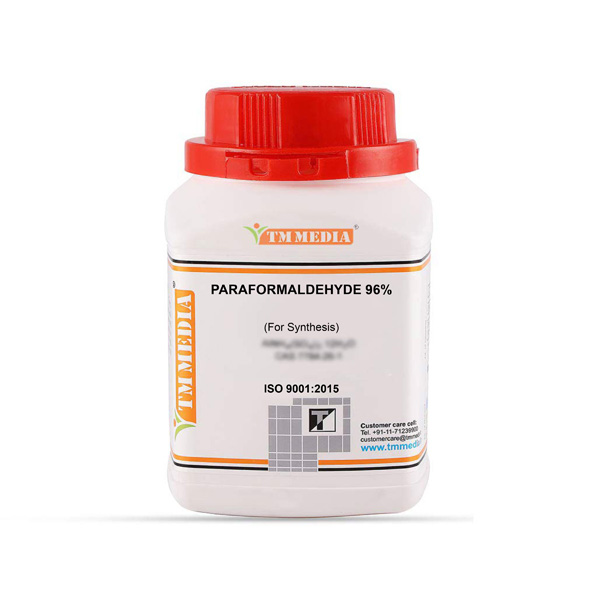
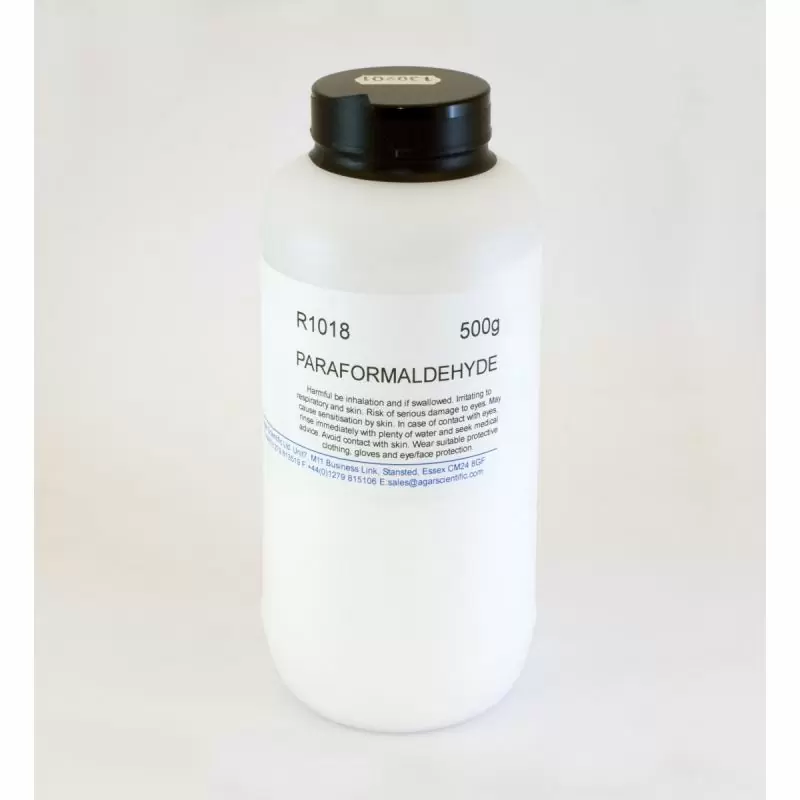
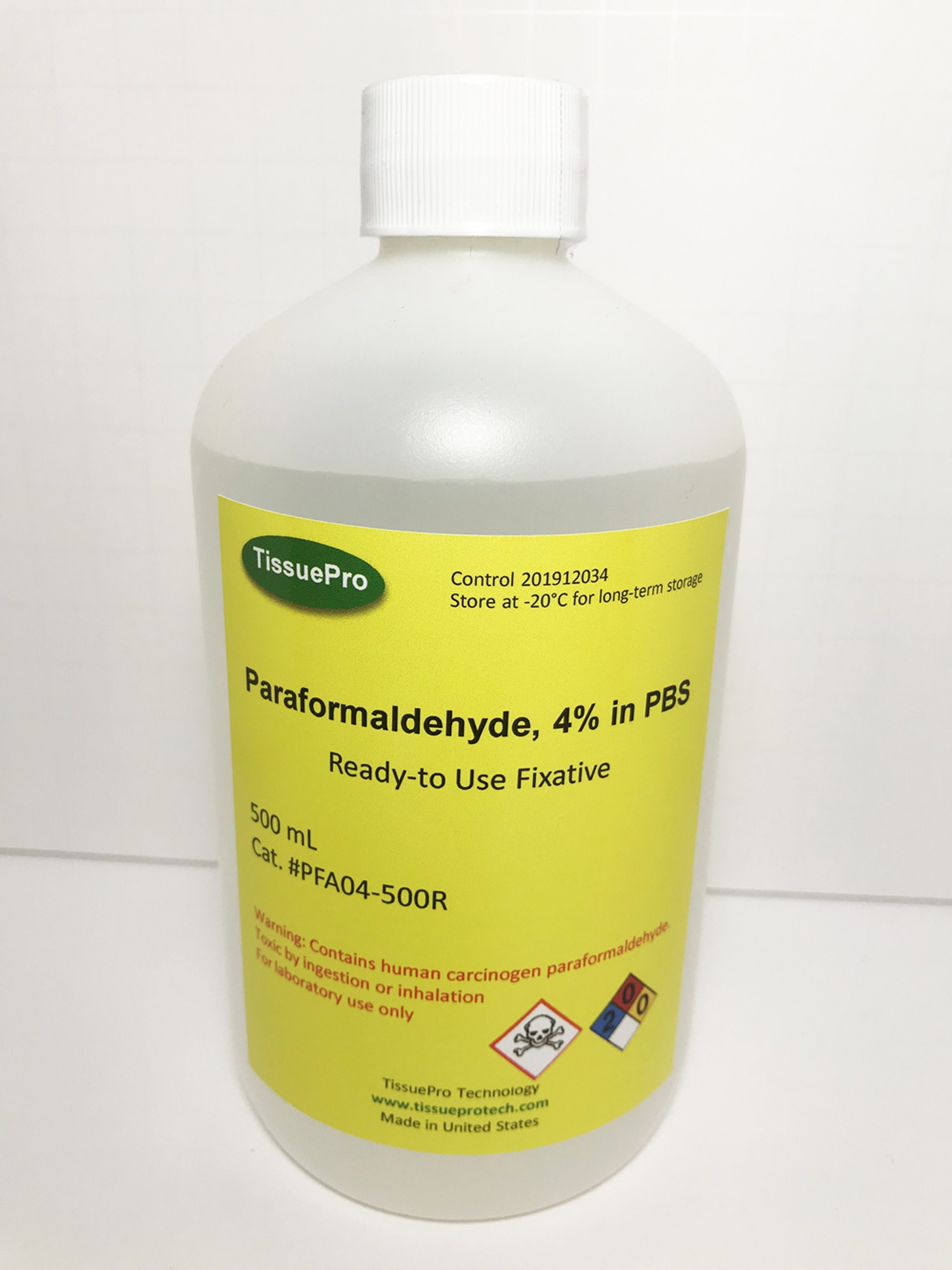
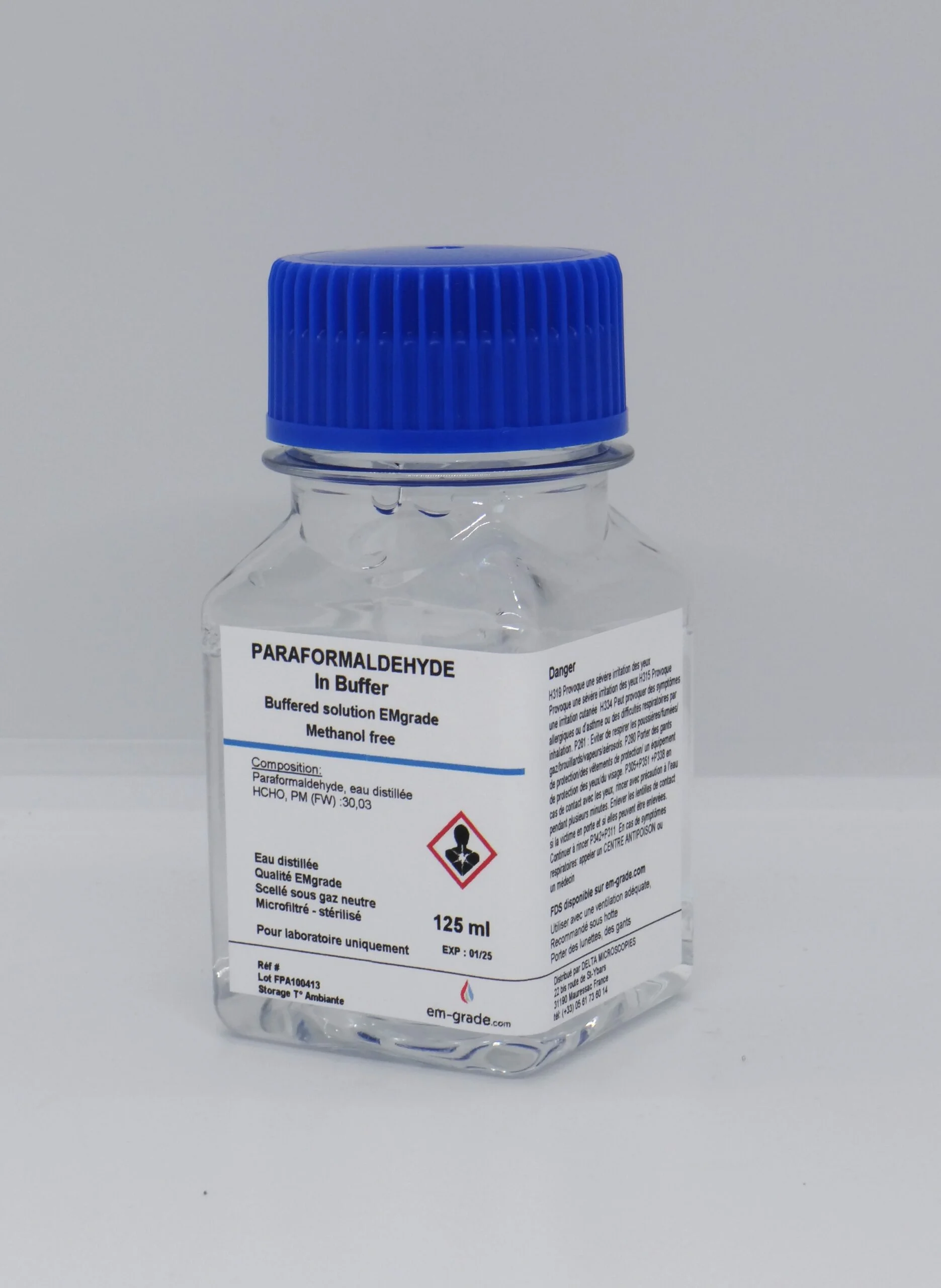
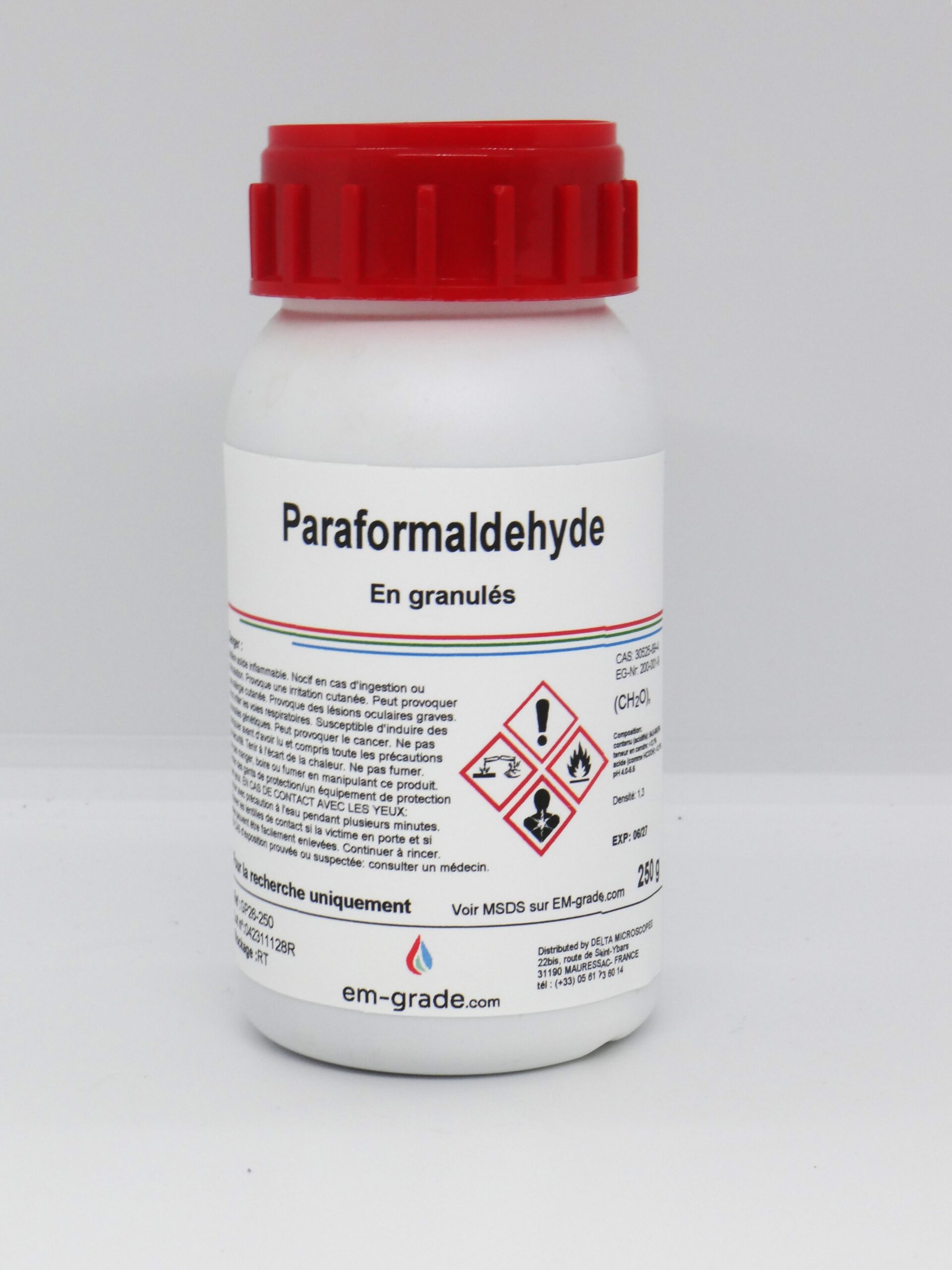

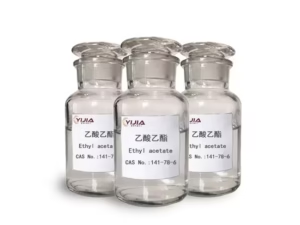

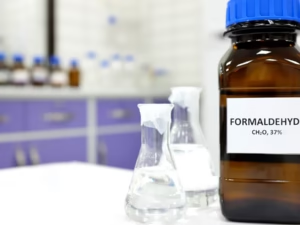
Reviews
There are no reviews yet.